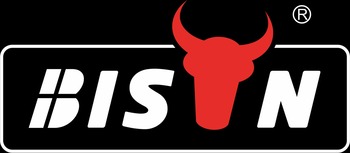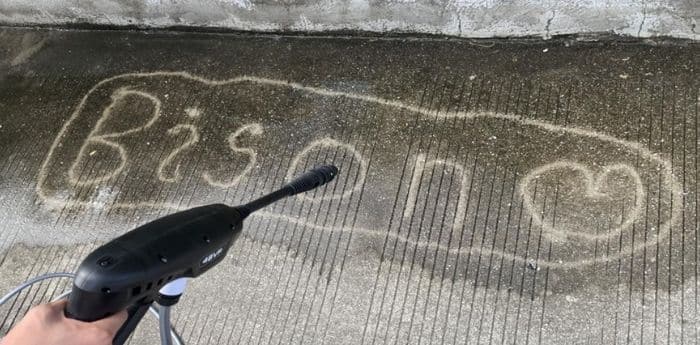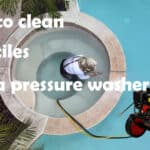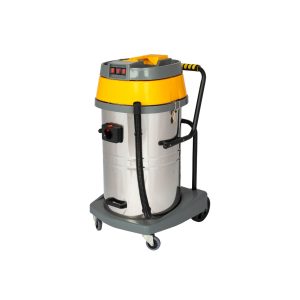
BISON Santy
Hello, I am Santy, the funder of bisonclean.com. I have been in cleaning machinery field for more than 5 years now, and the purpose of this article is to share with you the knowledge related to pressure washer from a Chinese supplier's perspective.
Table of Contents
Pressure washers are an essential tool for outdoor cleaning, from cleaning driveways to decks to cleaning houses to construction sites. It uses the power of high-pressure water to wash away dirt, grime, mold, and other tough debris from various surfaces, making cleaning tasks faster and more efficient.
However, we need to pay attention to one phenomenon. Excessive pressure of water flow can damage the surface of wood, paint, or delicate materials, while insufficient pressure of the pressure washer will result in an unclean surface. In order to obtain an ideal cleaning effect, we must learn how to adjust the pressure of the pressure washer.
In this article, BISON will explain how to adjust your pressure washer in detail and provide some troubleshooting tips. By understanding the correct techniques and accessory adjustments, you can improve cleaning performance and ensure the safety of both the operator and the surface being cleaned.
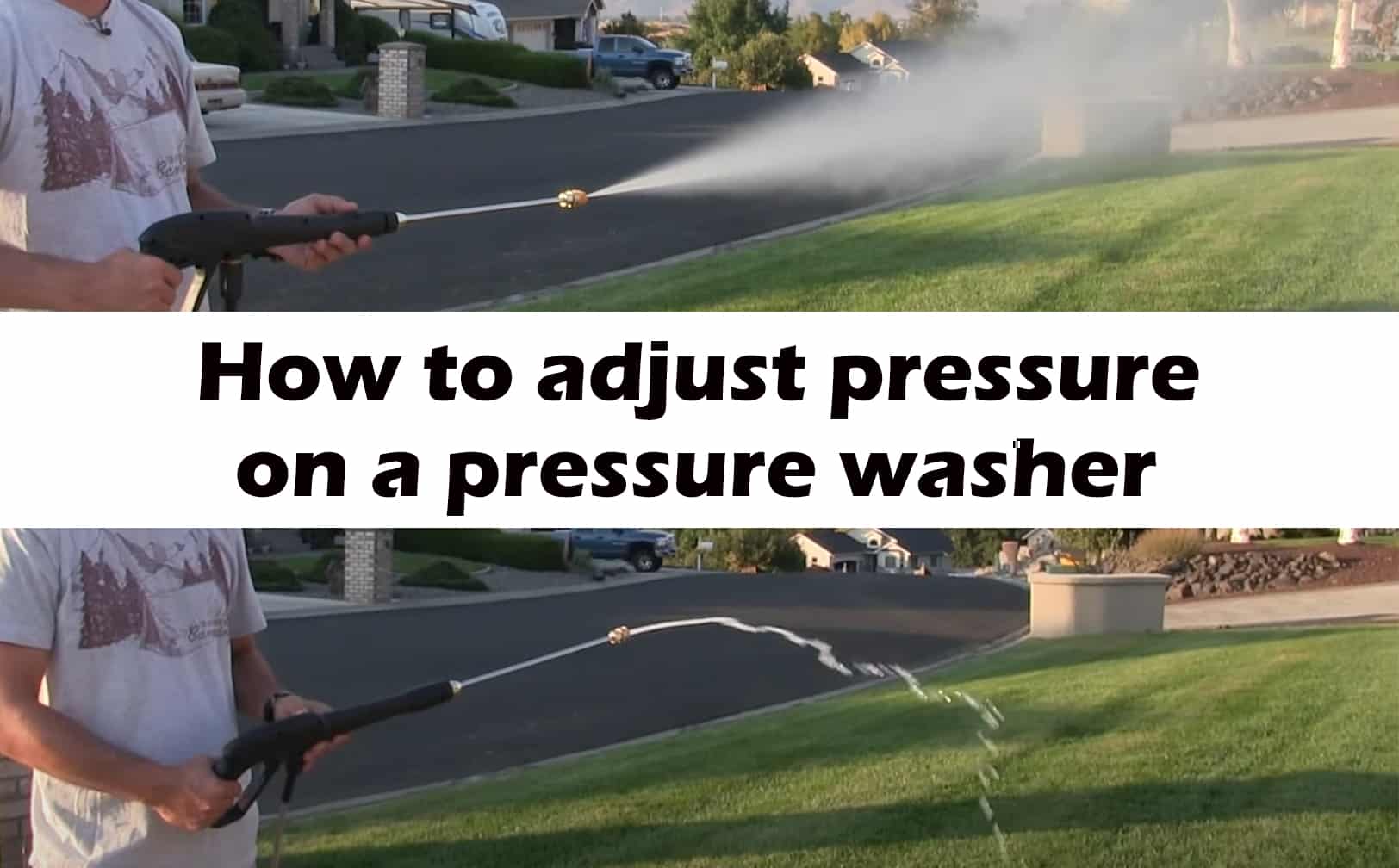
Why is it essential to adjust pressure?
Well, different surfaces and cleaning tasks require different levels of pressure. Surfaces like wooden furniture, painted areas, and car washes require gentle pressures of 1,200-1,500 PSI to prevent damage. On the other hand, harder surfaces like concrete and brick require pressures up to 3,000 PSI. Only by setting different pressure outputs for different surfaces can a satisfactory cleaning effect be achieved.
From a safety perspective, unset or incorrectly set pressures often lead to accidents. The strong water pressure from the high-pressure cleaner can cause you to fall and get injured, or the excessive water jet can directly break the surface and cause debris to fly everywhere. The wrong direction of the spray can cause the high-pressure water to directly contact your body, causing serious injury.
How to adjust the pressure of a pressure washer
Step 1: Identifying pressure setting options
Most pressure washers come with preset options that cater to common cleaning tasks. These presets often include settings for delicate surfaces, general cleaning, and heavy-duty cleaning. Usually categorized as:
- Low: 1,300-2,000 PSI
- Medium: 2,000-2,800 PSI
- High: 2,800-4,000+ PSI
Additionally, some pressure washer models have a variable control dial found on the handle or pump that allows the user to fine-tune the pressure adjustment. BISON recommends that you always refer to your manufacturer’s manual throughout the pressure adjustment process to ensure you are following the specific instructions for your pressure washer model.
Step 2: Nozzle selection and adjustment
Replace the pressure washer nozzle. Different nozzle types produce varying spray patterns and pressures:
0-degree nozzle (red): Provides a concentrated, high-pressure stream of water, ideal for tackling tough stains.
15-degree nozzle (yellow): Great for removing dirt from hard surfaces.
25-degree nozzle (green): Versatile for general cleaning tasks.
40-degree nozzle (white): Suitable for light cleaning and rinsing.
65-degree nozzle (black): Suitable for applying detergent or rinsing soap.
Step 3: Using the pressure regulator
The pressure adjustment procedure may be different for each pressure washer model, so please refer to your owner’s manual.
1.Locate the pressure regulator
If your pressure washer has a pressure regulator, find it near the spray gun or control panel, which is the central control point of the pressure washer.
2.Start the machine
Turn on the pressure washer and let it run for a minute to stabilize.
3.Adjusting the pressure
Here BISON uses a knob-designed pressure regulator as an example. Turning the knob clockwise will tighten the valve in the pump, causing more pressure to build up in the system, increasing the pressure. Similarly, turning it counterclockwise will loosen the valve in the pump, reducing the pressure of the pressure washer.
We should turn the knob in small increments when adjusting. Turning it too fast or too much at a time can cause excessive pressure changes, which can damage delicate surfaces or cause safety hazards. When making adjustments, you also need to be careful to keep the pressure value within the required range to prevent exceeding the maximum pressure that the pressure washer can withstand.
Step 4: Testing the adjusted pressure
- Perform a test spraying: Select a small, inconspicuous area of the surface to be cleaned and test spray at the set pressure.
- Evaluate the results: Check for effective dirt removal without causing damage.
- Make further adjustments: If the pressure is too high or too low, return to “Step 4: Testing the adjusted pressure” and make additional adjustments as necessary.
Safety precautions when regulating pressure
You can prevent accidents and injuries by understanding and following these safety precautions.
- Always wear appropriate protective gear, including: Gloves, goggles, and closed-toe Shoes.
- Testing pressure on inconspicuous surfaces: Start by spraying in a small, hidden section of the surface to assess the effect before proceeding to larger areas.
- Maintain a safe distance: Maintain a safe distance between the nozzle and the surface being cleaned to avoid damage and ensure effective cleaning without risk. Also maintain a safe distance between the nozzle and bystanders, pets, and any obstacles that may be affected by the spray.
- Use Two Hands on the Wand: Use both hands to control the wand, especially when using higher pressure settings, to avoid unexpected kickbacks.
Best pressure adjustment tips for pressure washers
1.Start at a lower pressure:
Always start with the lowest pressure setting and increase gradually as required. This helps to prevent accidental damage and allows you to gauge the effectiveness before applying more force.
2.Consider the material of the surface:
Different materials require different pressure levels. 1200 PSI is acceptable for car windows and furniture, but at 2000 PSI, it will cause damage. Always adjust according to the specific material being cleaned.
3.Maintain the pressure washer regularly:
Regular maintenance is essential for optimum performance. Check and clean filters, replace worn hoses and nozzles, and ensure all parts are working properly to maintain consistent pressure control.
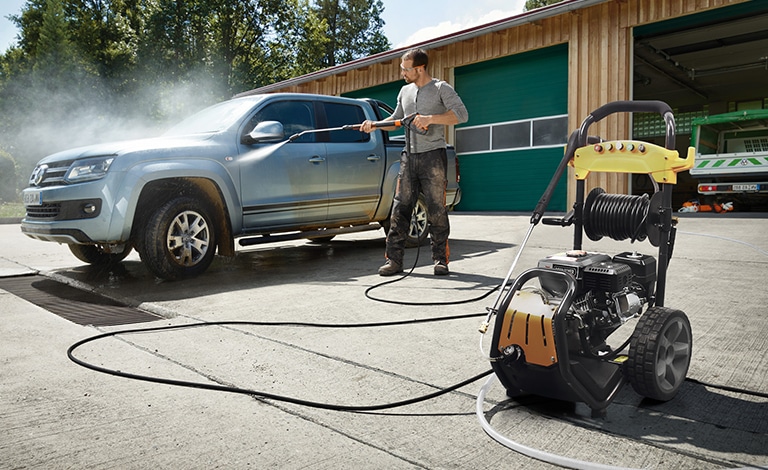
Conclusion
Effective pressure adjustment is crucial for achieving optimal cleaning results while ensuring the protection of various surfaces. With knowledge, attention to detail, and careful adjustments, you can optimize the pressure settings to deliver outstanding cleaning results on various surfaces and maintain the longevity of your pressure washer. BISON encourages all users to practice proper pressure adjustment techniques for the best outcomes in their cleaning projects.
As a leading company in the pressure washer industry, BISON pressure washer manufacturers promise that we produce high-quality pressure washers that meet international standards. BISON has many years of experience in production, sales, import and export trade. We are your trusted partner and we are able to provide the most professional technical support and sales support to dealers. Join the BISON family now and get detailed information about pressure washers or pressure washer accessories.
FAQs About Adjust Pressure On A Pressure Washer
PSI refers to water pressure. The higher the PSI, the greater the pressure. Sometimes more pressure is better, and it can remove tough stains more effectively. However, it can also damage delicate surfaces if used incorrectly. Common pressure washers used in the industry range from 2,400 to 4,000 PSI, and are very good at handling tough cleaning tasks.
GPM measures the water flow rate from the pressure washer. It is measured in minutes, hence the name. A higher GPM means more water is delivered in a shorter time, enabling faster cleaning. However, GPM does not directly indicate cleaning power but requires a combination of PSI and GPM. When combined with a high PSI, GPM makes dirt removal more manageable. The greater the water volume, the more pressure that can be applied.
Most, but not all. If the pressure washer has multiple nozzles, there is little need to adjust the valve. You change the nozzle to change the water pressure. However, some pressure washers have multiple nozzles and adjustment valves.
You might also enjoy
Questions?
Contact Us Today.
Related Products
Find more?
Related Posts
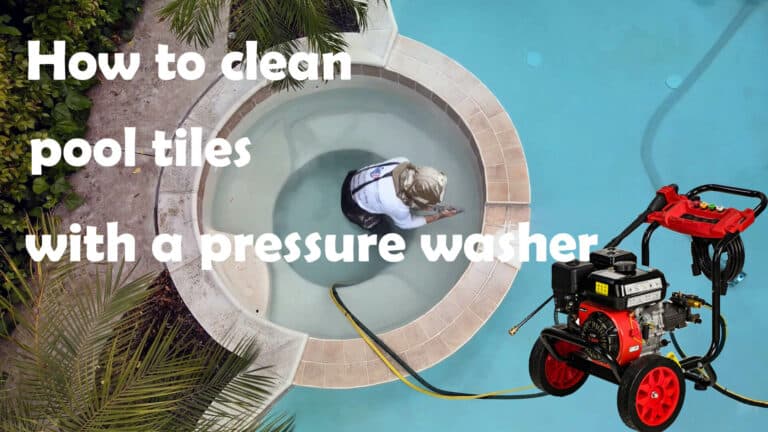
How to clean pool tiles with a pressure washer
This comprehensive guide will walk you through the steps to restore your pool tile to its original glory using a pressure washer.

How pressure washing can help with oil field cleaning
This article will show how pressure washing can provide a cleaning solution for the oilfield industry and explore its benefits and applications.
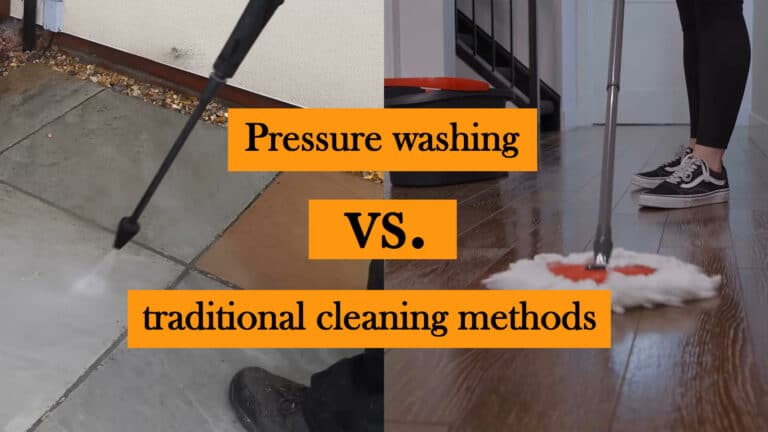
Pressure washing vs. traditional cleaning methods
In this article, BISON will take an in-depth comparison of pressure washing vs. traditional cleaning methods to highlight their pros and cons.
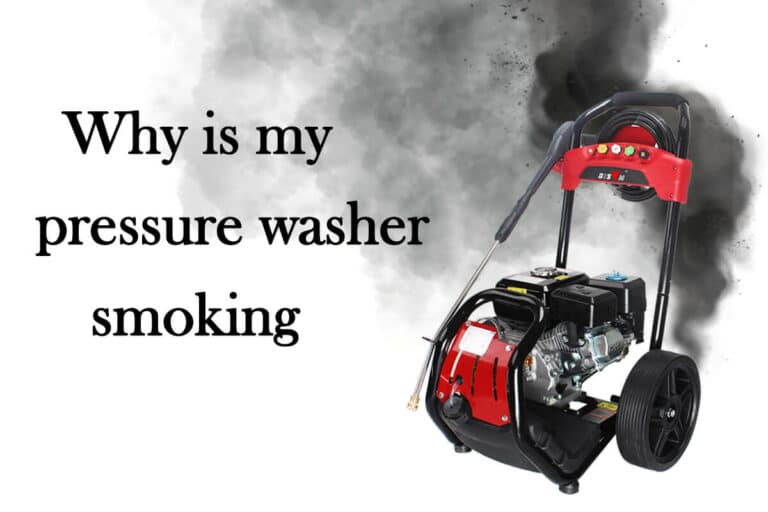
Why is my pressure washer smoking
This blog will help you understand the common reasons why your pressure washer may smoke. In the end, you’ll learn what the smoke could mean
